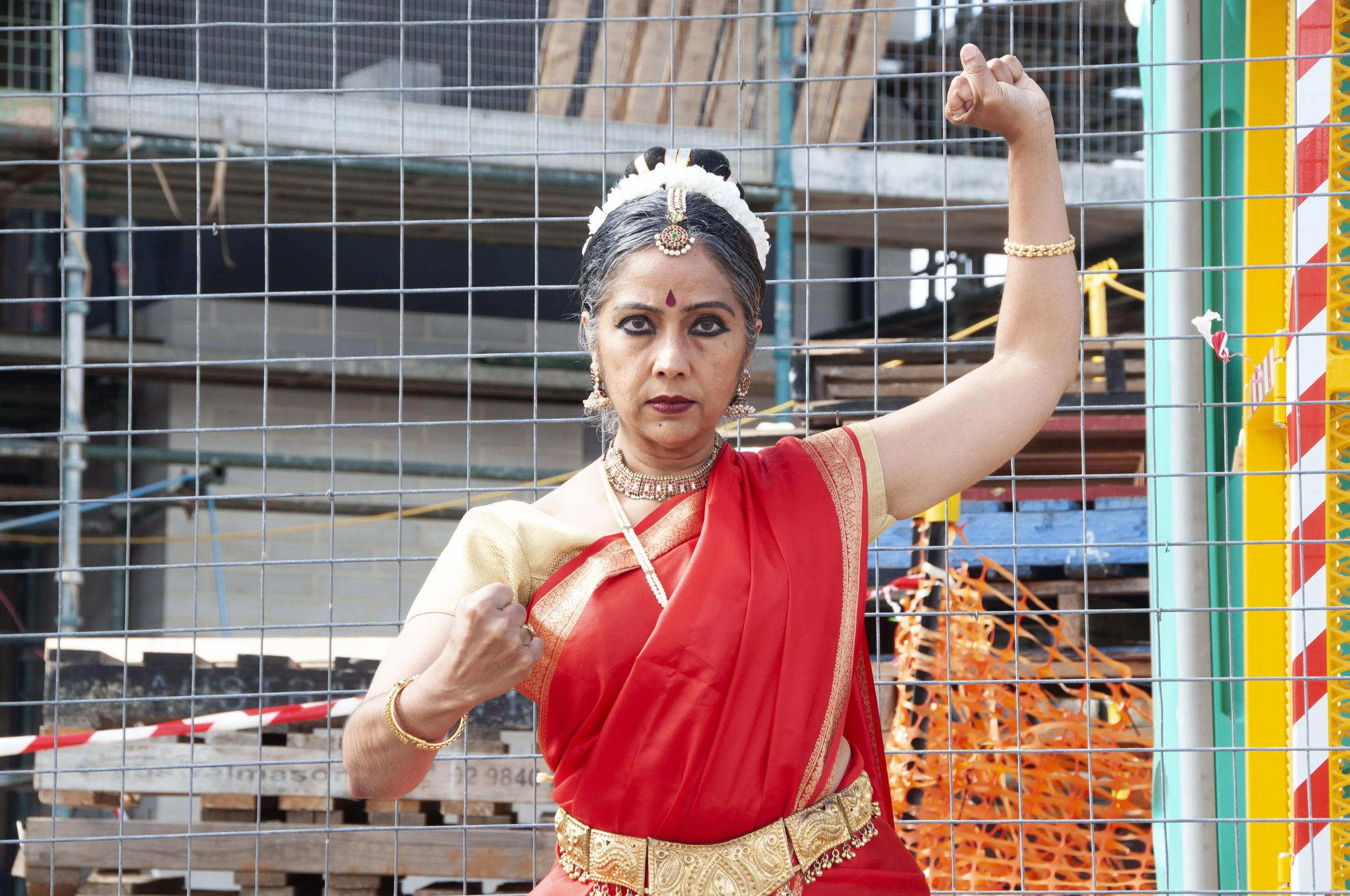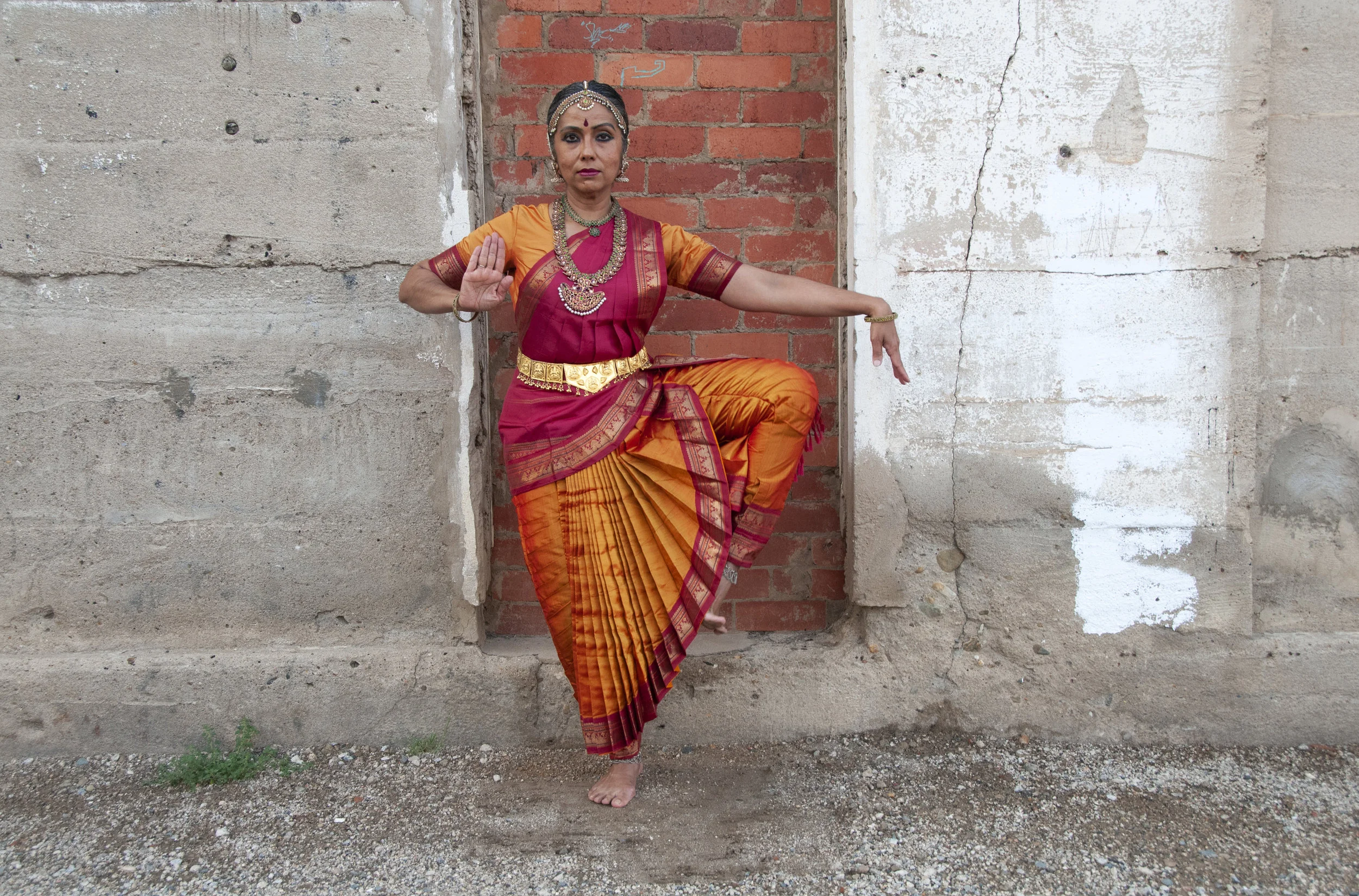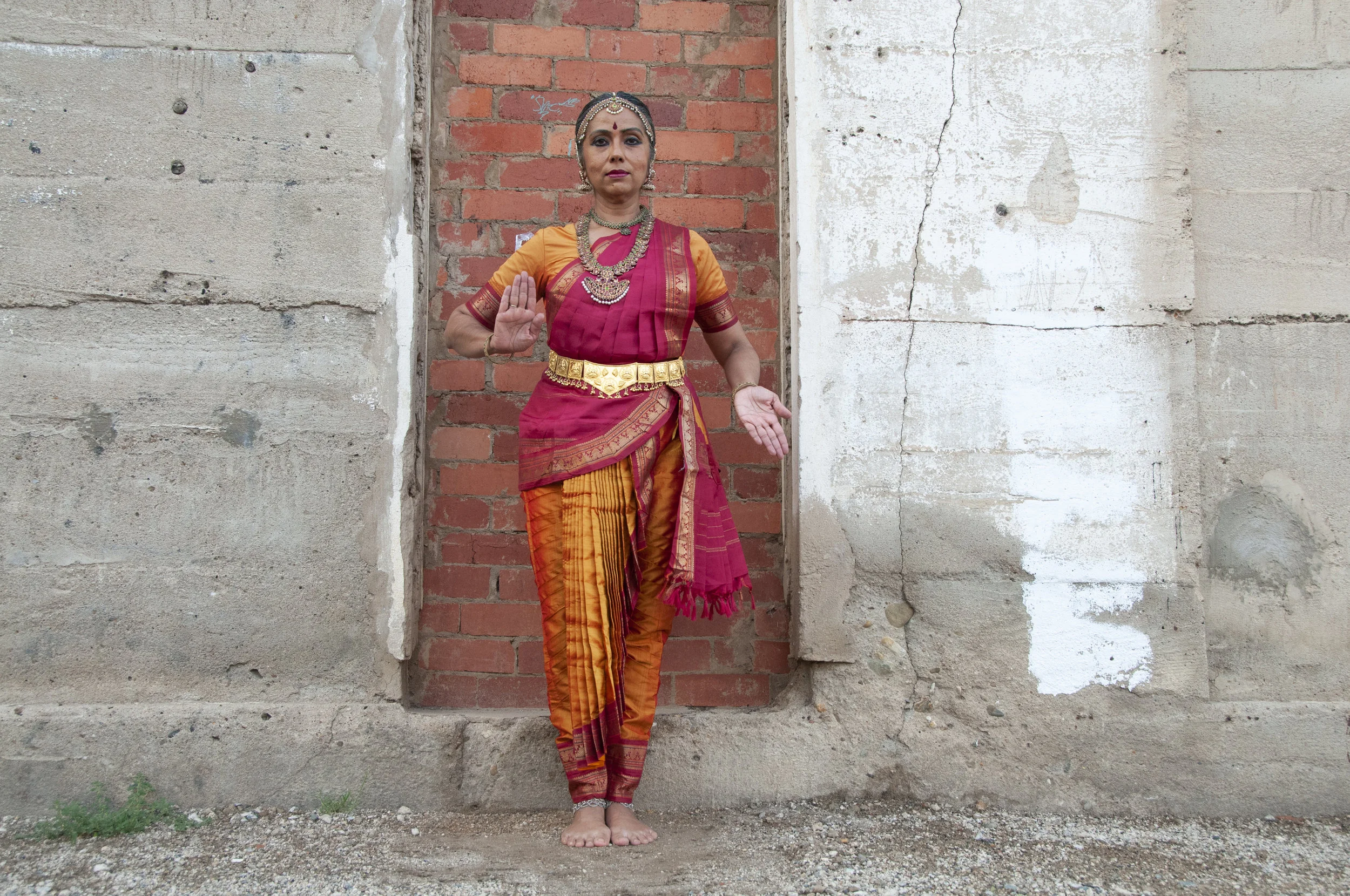Yogini Rati: The huntress and the rat
Rati represents a voracious wanting that does not even pretend to the altruism of paradigms such as parenting (motherly or fatherly love) and other similarly mediated forms of our desire. Rati asks us to face the root of the desire nature in us, away from the veneer of gentility we endow upon that nature through our social and cultural narratives.
Read More
The ten houses of Kaama
Kaama (pleasure, desire, lust, self-interest, attachment) has ten domains according to the ancient text on Indian temple dance- the Natya Sastra. This is a powerful framework for contemplating the root of the way in which we engage with life through the lens of self-interest…
Read More
Temple dance and the anatomy of desire
At the heart of human experience is Kaama—desire or attachment to pleasurable outcomes. Kaama has popularly been interpreted in sentimental ways as love, however it is broader than our romantic interpretation. The art of dance contemplation in Indian temple traditions centralised Kaama as the domain of inquiry and transformation.
Read More
Pleasure, courtesans and dance contemplation
What is the significance of the courtesan tradition in Indian dance contemplation? How does this shape the use of aesthetics as a space for transformation? Why is it important to inquire into Kaama or the desire for pleasure?
Read More
Lakshmi: spirituality in the material domain
Lakshmi is everybody’s favourite goddess. She appears benign, generous and modest. Rather than the challenging setting aside of our usual material obsessions, Lakshmi seems to invite us to enjoy them. Indeed, she appears to promise wealth, power, fertility and all those things which we identify as the source of our happiness and contentment in life. If only the Lakshmi space was so simple!
Read More
Rudra-Siva , Kaivalya and the outsider space
Siva is the quintessential outsider—consider his attributes as the dweller of caves, mountains and cemeteries. That he is the deity of dance is not an accident. Dance is also an outsider space in this philosophical context.
Read More
The demand to know as an attribute of the maya state of delusion
The demand for information and knowledge with the aim of unravelling mystery, and subjecting everything to study and deconstruction, is hailed as the hallmark of civilisation as opposed to the ignorance of superstition. What if the practice of Indian contemplation (experience of the Brahman state of being) is both—a subjective experience shaped and informed by knowledge and practice frameworks?
Read More
Ganesha as the destroyer of obstacles
Ganesha is popularly invoked as the destroyer of obstacles, the English equivalent of the Sanskrit word vighna. Usually these vighnas are located in the external events and circumstances of our life. Dancing in the Ganesha constellation is truly the space of liberation from language, form and definition that allows a glimpse into the state of Avighnesha—a state where there are no vighnas in our feeling world and therefore none anywhere else in our lives.
Read More
Indian dance invites symbolic understanding of reality
Some dance languages function in a symbolic relationship to reality—somewhat akin to the way a metaphor functions in written language. Indian dance or Natya is one such practice. In being thus, it is no different to other practice traditions in India that function as the action or karma or Agama aspects of the philosophy of moksha, which includes music, sculpture and visual arts.
Read More
Ganesha’s consort Siddhi and the abnegation of the mastery paradigm
One of Ganesha’s consorts is Siddhi which in Sanskrit means ‘success’, ‘supreme achievement’ or mastery of such skill that it is miraculous. In the Yoga Sastra, the traditional text on Yoga, eight major siddhis are listed and they are attributes that are gained as one practices Yoga. These include the ability to be minutely fragemented, to be massive, to be pervasive, to procure all that one desires and to subjugate everyone at one’s will. There are various lists of siddhis in different texts and practices but they are largely in the same realm.
Read More










